March 2007 — Volume 10, Number 4
| Title: |
SuperMemo 2004 |
 |
| Product Type: | Learning and memorization software | |
| Publisher/Distributor | SuperMemo World ul. R. Maya 1 61-371 Poznań; Poland |
|
| Homepage | http://www.supermemo.com | |
| Platform: | Windows 2000 / XP | |
| Minimum System Requirements: (For download version) |
|
|
| Author | Dr. Piotr Wozniak | |
| User Manual | Documentation and various articles online at http://www.supermemo.com | |
| Price | $39.00 USD | |
Description of the product
Introduction
SuperMemo 2004 is software application that can be used to help language learners record, organize and systematically review what they have learned. The program is designed to take account of research that reveals the most advantageous methods for revising learned material in order to help learners avoid the dangers that forgetting poses to their efforts.
SuperMemo in some ways resembles a typical flashcard program, but one with highly advanced composing and formatting features that allows use of hypertext and multimedia. More importantly, the program incorporates a unique algorithm that it uses, in combination with data from a user’s self-assessments during testing, that allow it to schedule subsequent reviews at the times mostly likely to result in retention, according to the program’s creators. Although not designed specifically for language learning, SuperMemo has obvious useful applications in this field.
Figure 1 shows SuperMemo 2004’s basic user interface, including the upper and lower element windows. Users can choose between a number of different interfaces depending on how well they know the program and which tools they want access to.
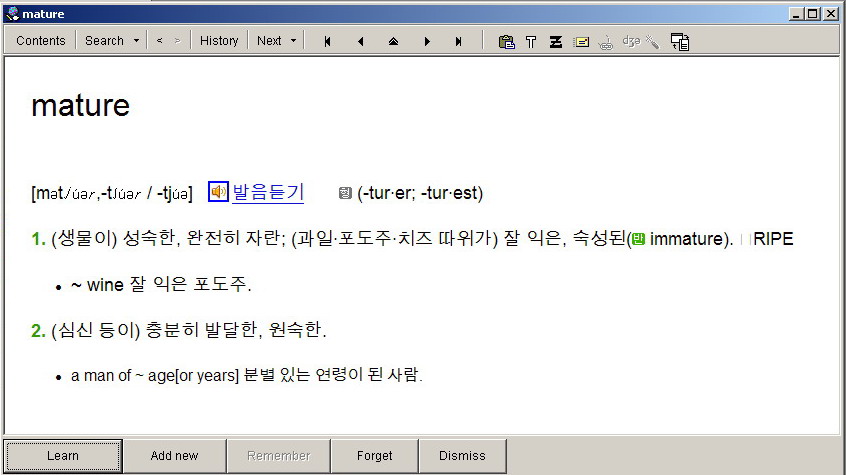
Figure 1.SuperMemo 2004’s basic user interface.
Theoretical background
One of the biggest challenges in learning a language is the need to quickly establish a large working vocabulary. In the case of English, researchers say learners need to know about 3,000 word families in order to take part in everyday spoken communication and make sense of basic written texts (Nation & Waring, 1997; Adolphs & Schmitt, 2003). This will not be easy for the majority of learners, who have only average memories for linguistic information; most will require multiple meetings with new vocabulary items before these can go into long term memory.
Fortunately, researchers in the fields of psycholinguistics, educational psychology and cognitive science have discovered methods of revisiting previously learned material that, if performed correctly, can significantly enhance the chances of retaining what has been learned. One component is spaced or distributed repetition, which involves breaking reviews up and spreading them out over time, in contrast to single, large-scale massed reviews or “cramming” (see Bahrick, 1984; Bahrick & Phelps, 1987; Dempster, 1987; Baddeley, 1990). Another technique is sometimes known as expanding rehearsal, which involves conducting the first review very soon after initial learning, when most forgetting is likely to occur, and then spacing subsequent reviews out over increasingly longer intervals as the item develops a firmer footing in memory (see Pimsleur, 1967; Landauer & Bjork, 1978; Hulstijn, 2001).
Considering the growing consensus nowadays that views vocabulary as a central concern of language learning, and the considerable danger that forgetting is therefore seen to pose to any serious language-learning project, this research is very important. At the same time, however, it will be difficult to implement, at least using traditional paper-and-pen methods. Hence the need for programs like SuperMemo, which take account of these findings and factor them into their operations.
What SuperMemo does
The basic component of SuperMemo’s operations is called an element (see Figure 1), which is the virtual equivalent of a flashcard. The element consists of two windows, the top being the one in which a prompt is stored, and which in learning mode will be what a user sees first. The bottom window, meanwhile, is for storage of the information the user hopes to remember, which in learning mode will remain hidden until the user has finished trying to retrieve that information from memory to the best of his or her ability.
Elements can be easily created in SuperMemo simply by typing directly into the windows or cutting and pasting from electronic documents (e.g., MS Word or Powerpoint files). The program does especially well with material copied from Internet browsers, since SuperMemo elements themselves are composed in HTML, the programming language of basic web pages. This means that not only will the formatting of text be preserved, but links and other hypertext elements can be transferred. The format also supports object linking and embedding, so users can insert images as well as audio and video files. There are also advanced editing, formatting and drawing functions to allow creation of attractive and highly functional elements (see Figure 2).
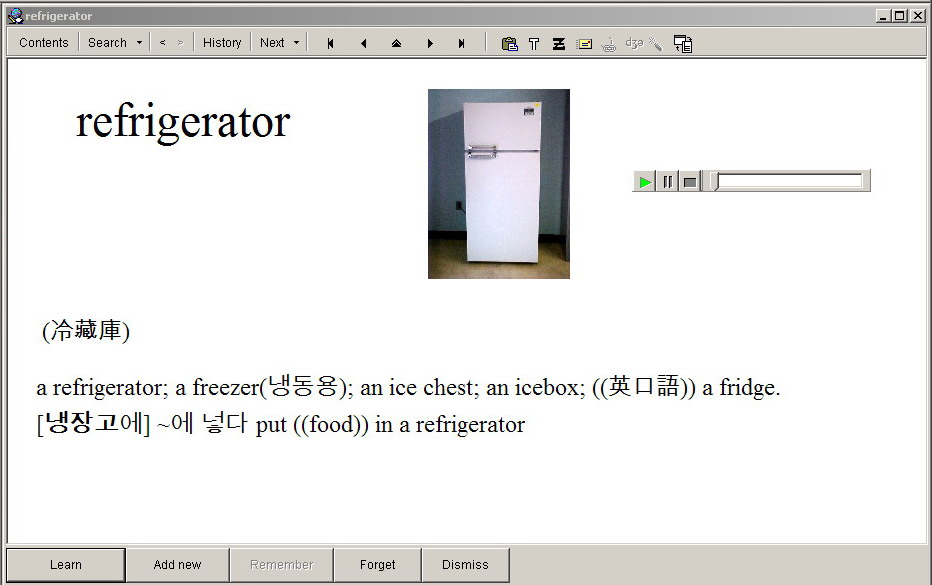
Figure 2.A SuperMemo element incorporating an image and sound file for modeling pronunciation
Once an element has been created, it is put into SuperMemo’s systematic rotation by pressing the “Learn” button on the bottom left part of the basic interface. From this point the program will start testing users on this item and collecting data on their performance. In learning mode, the top part of the element is shown and users must retrieve the information for that word or phrase from memory as completely as possible (Figure 3).
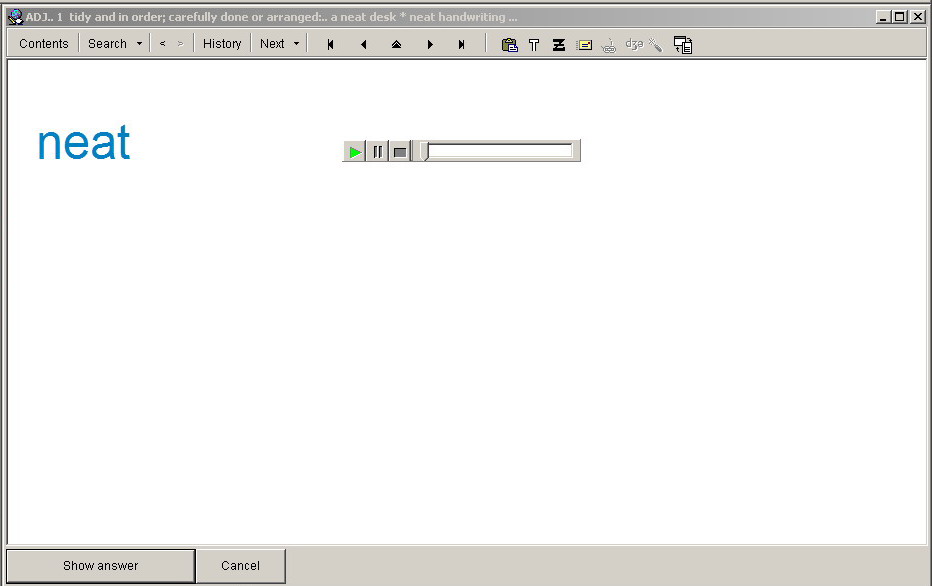
Figure 3. SuperMemo in learning mode. Prompt is given, along with controller for hearing the word pronounced
When users have finished their attempts at retrieval, they press the “Show answer” button and compare what they recalled with the actual content in the lower element window. They must then evaluate their performance using a six-point scale (as shown in Figure 4). Immediate and total recall warrants a “Bright” rating, whereas as “Null” rating should be used for drawing a total blank. Performances somewhere in between are rated according to the user’s subjective self-assessment. SuperMemo then stores this data and uses it in conjunction with a special algorithm to calculate the next repetition of that item. A “Null” rating will mean the item shows up in the rotation again very soon, whereas a “Bright” rating will mean the item is not seen again for several days, a week, a month or longer, depending on the number of previous repetitions. A rating anywhere in between will be processed accordingly.
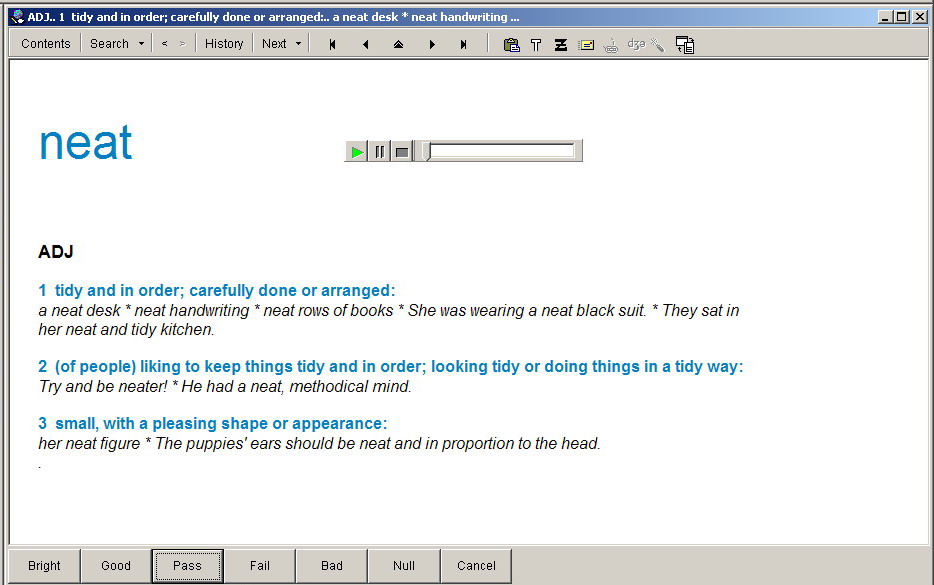
Figure 4. SuperMemo in learning mode, with the self-rating buttons shown on the bottom
A new feature of this latest version of SuperMemo is support for a technique the designers call incremental reading. According to the promotional web site, incremental reading is a formatting option that allows users to work with whole texts containing information they want to remember. Users import articles from electronic sources such as MS Word documents or web pages (the program does not support the pdf format) and then extract excerpts that are deemed important or useful. These extractions can then be converted into questions and answers in the form of individual elements. This feature is of less relevance for language learning, since the focus of incremental reading is obviously on remembering textual content, but one helpful component of the procedure is a gap-fill creation tool. In terms of language learning, a sentence containing a useful new vocabulary item can be pasted into an element and users then highlight the word or phrase. With the press of a button, the item is extracted and reproduced in the bottom element window (see Figure 5). This will obviously reduce typing and save time when working with large numbers of items.
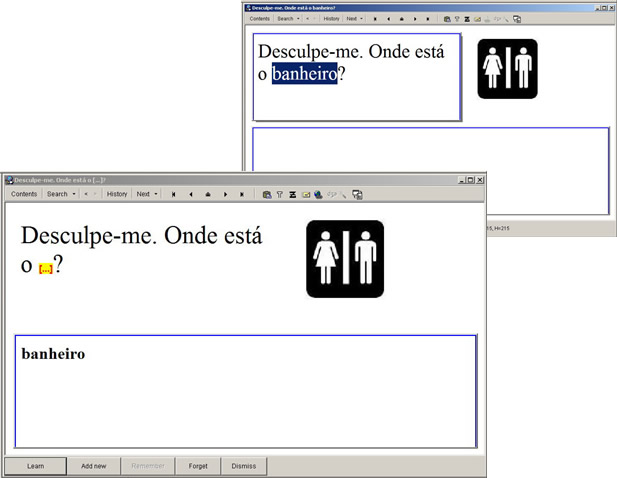
Figure 5. Automatic gap-fill creation is a useful feature of SuperMemo 2004
SuperMemo is purchased online from a Yahoo!-supported shopping site and is easily downloaded and installed, even over a dial-up Internet connection. Once payment is received, a password is sent to the user by email to unlock the program from unregistered mode.
SuperMemo has been around in one form or another for 20 years; SuperMemo 2004, the latest version, is the sixth major update since 1987. In that time, the program appears to have developed a loyal following, particularly in Poland where it is produced, as well as in North America and many other European countries. From the program’s website there are links to a library site to which individuals have posted their own SuperMemo collections for others to download (many for free and some at a price), some of which feature material for language learning. In addition, SuperMemo World, the distribution company, sells two DVD-ROM titles devoted specifically to English language learning, one focusing on the Cambridge Advanced English (CAE) Examination and another entitled Extreme English, which features simple word-plus-definition elements for 45,000 words and phrases. Both titles are powered by the same engine that runs SuperMemo 2004 but are read-only; in other words, they do not allow for input of new words chosen by users themselves.
Suggestions
SuperMemo is a complex program with a multitude of functions and features and is not easy for new users to learn. One can choose between a number of different interfaces, including beginner, middle, professional and “warrior,” but these simply provide access to an increasing number of tools. Part of the problem is the lack of a manual. Users can find a great deal of guidance in written form on the program’s companion web site, including numerous descriptions of SuperMemo’s extensive features, but no coherent account of how they all contribute to the larger picture, written from the point of view of a new user. This can make familiarizing oneself with SuperMemo time-consuming and often frustrating.
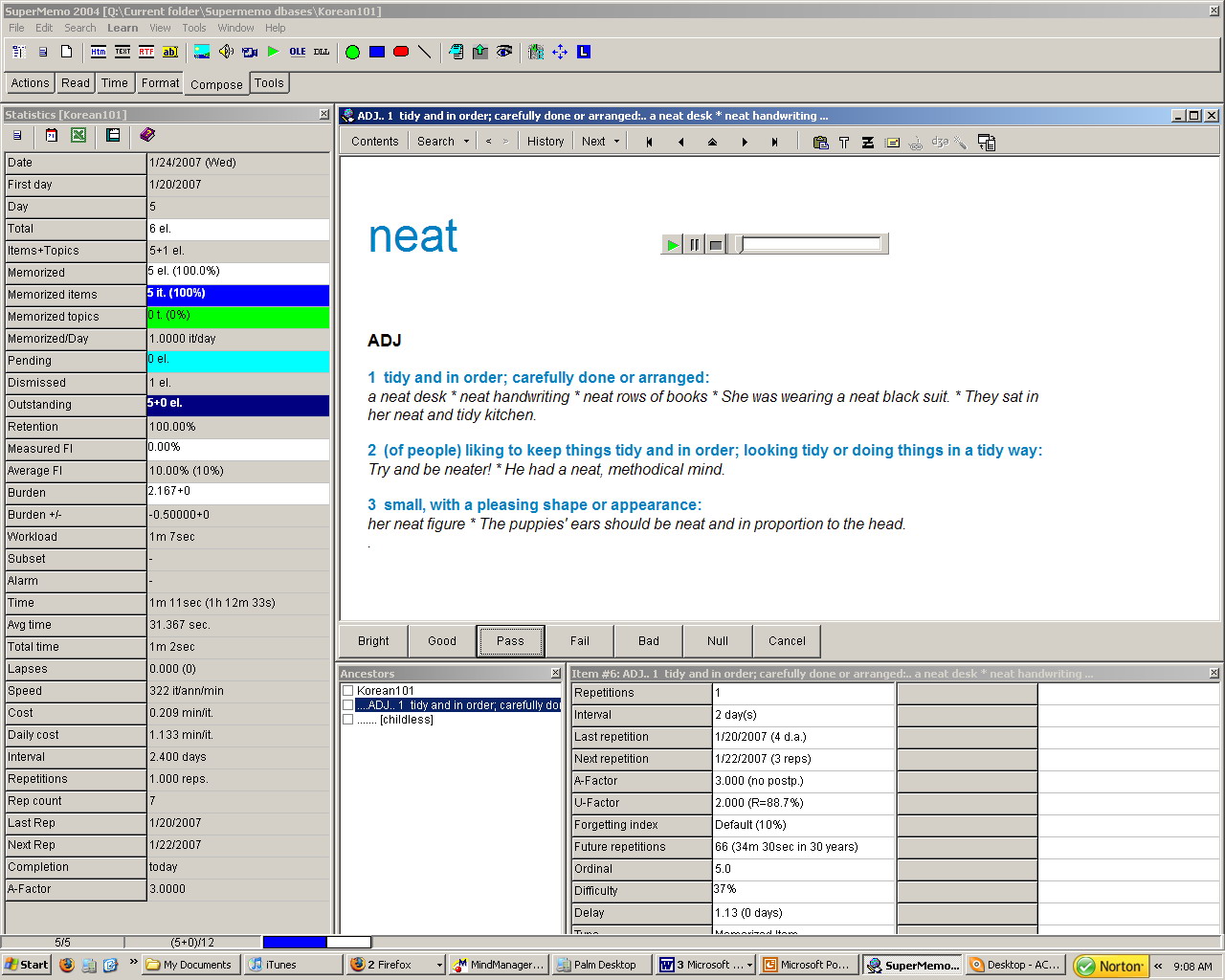
Figure 6. SuperMemo in “warrior” mode, which provides access to the most functions and features, including statistical information about individual items and whole collections
A new wiki site devoted to the popularization and development of SuperMemo has recently been created, but judging from the content so far it seems destined for the same fate as the guidance pages of the companion site. The authors should consider guiding the development of this wiki, or some other online resource, toward the creation of a proper user’s manual that explains in clear, non-technical language what the program does and how new users should go about learning it. This could be accomplished easily by outlining chapter and section headings and then letting their enthusiastic and well-informed user community collaborate on the content.
In addition, a number of bugs detract from the user experience. For example, this reviewer was annoyed by the tendency for components in the warrior user interface (Figure 6), which provides access to most of the program’s tools and functions, to randomly detach and rearrange themselves on the upper part of the screen. In such cases one is forced to repeatedly reset the layout using the mouse or function keys. The HTML rendering of new elements can also be slow. On two different machines used in testing for this review, both running 1.6 GHz processors with at least 1 GB of RAM, it took an average of seven seconds to create new elements. Switching between collections or even toolbars also takes a noticeably long time. The developers should consider this in designing future versions of the program.
From the perspective of language learning, a major drawback is the difficulty of switching between receptive and productive modes of review; in other words, using the meaning/usage information as a prompt for the word form instead of vice versa (Figure 7). This may be important for learners who are studying vocabulary simply for purposes of reading or for certain types of exams. To perform reception-oriented review, users must manually move data from between the upper and lower windows in individual elements, which will be highly impractical with large collections. The designers will have to take this into account if they want to market the program as a tool for language learning.
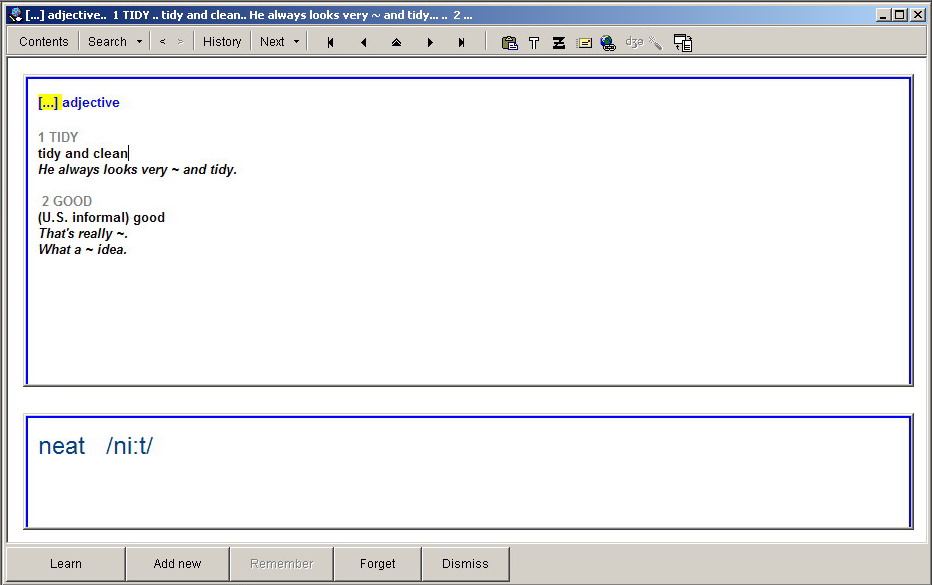
Figure 7. Switching into a receptive mode of review in SuperMemo requires manually moving data between element windows for individual elements
Finally, it would be helpful if there were a version of SuperMemo that supported both the PC and handheld devices. Vocabulary reviewing is a task that can be performed opportunistically while out and about–in the bus on the morning commute, on long elevator rides, or sitting on a park bench waiting for a friend. SuperMemo is indeed available in Palm OS and Windows CE versions, but these do not support synchronization with the desktop version. One can find instructions for importing collections from the desktop to the Windows CE version on the wiki site, but these are complicated and some users have reported difficulty implementing them. It seems unlikely that the designers will fully integrate these platforms any time soon, which is unfortunate considering the growing prevalence of mobile devices in language learning (Chinnery, 2006).
Conclusion
SuperMemo is a potentially powerful tool for learning vocabulary in a new language. Its advanced features for storing, formatting and systematically reviewing lexical items can help language learners counteract one of the most serious and frustrating problems they face: forgetting. With its HTML rendering engine and support for embedded multimedia, the program will be especially helpful to those taking advantage of Internet-based learning or other digital sources. However, SuperMemo is not particularly user-friendly for anyone with limited computer skills or patience for interfaces that are not completely intuitive. Users must tolerate slow processing speeds, programming bugs and a bewildering mass of online support in order to take full advantage of the program. It seems fair to say many potential users will be put off by these daunting challenges. The program is more suited to self-motivated users who already possess good vocabulary-learning skills and who are convinced of the benefits of an organized, systematic approach to language learning.
References
Adolphs, S. & Schmitt, N. (2003). Lexical coverage of spoken discourse. Applied Linguistics 24(4), 425-438.
Baddeley, A. (1990). Human memory. London: Lawrence Erlbaum Associates.
Bahrick, H.P. (1984). Semantic memory content in permastore: Fifty years of memory for Spanish learned in school. Journal of Experimental Psychology: General, 113, 1-37.
Bahrick, H.P. & Phelps, E. (1987). Retention of Spanish vocabulary over 8 years. Journal of Experimental Psychology: Learning, Memory and Cognition, 13, 344-349.
Chinnery, G. (2006). Emerging Technologies: Going to the MALL: Mobile assisted language learning. Language Learning & Technology 10(1), 9-16.
Dempster, F.N. (1987). Effects of variable encoding and spaced presentation on vocabulary learning. Journal of Educational Psychology, 79, 162-170.
Hulstijn, J. (2001). Intentional and incidental second language vocabulary learning: a reappraisal of elaboration, rehearsal and automaticity. In P. Robinson (Ed.), Cognition and Second Language Instruction (258-286). Cambridge: Cambridge University Press.
Landauer, T.K. & Bjork, R.A. (1978). Optimum rehearsal patterns and name learning. In Gruneberg, M.M., P. E. Morris & R. N. Sykes (Eds.), Practical Aspects of Memory (625-632). London: Academic Press.
Nation, I.S.P. & Waring, R. (1997). Vocabulary size, text coverage and word lists. In Schmitt, N. & M. McCarthy (Eds.), Vocabulary: Description, Acquisition and Pedagogy (6-19). Cambridge: Cambridge University Press.
Pimsleur, P. (1967). A memory schedule. Modern Language Journal, 51, 73-75.
About the Reviewer
Jim Ranalli is a doctoral student in the Applied Linguistics and Technology Program at Iowa State University. He holds an MA in TEFL/TESL from the University of Birmingham (U.K.), as well as the Cambridge CELTA and DELTA. He has worked variously as a teacher, teacher trainer, program coordinator and curriculum consultant in Namibia, Korea, Sri Lanka, the Maldives, and the U.S.A. His research interests include vocabulary learning and learning strategies, autonomous learning, and the use of CALL to complement classroom instruction.
| © Copyright rests with authors. Please cite TESL-EJ appropriately.
Editor’s Note: The HTML version contains no page numbers. Please use the PDF version of this article for citations. |

